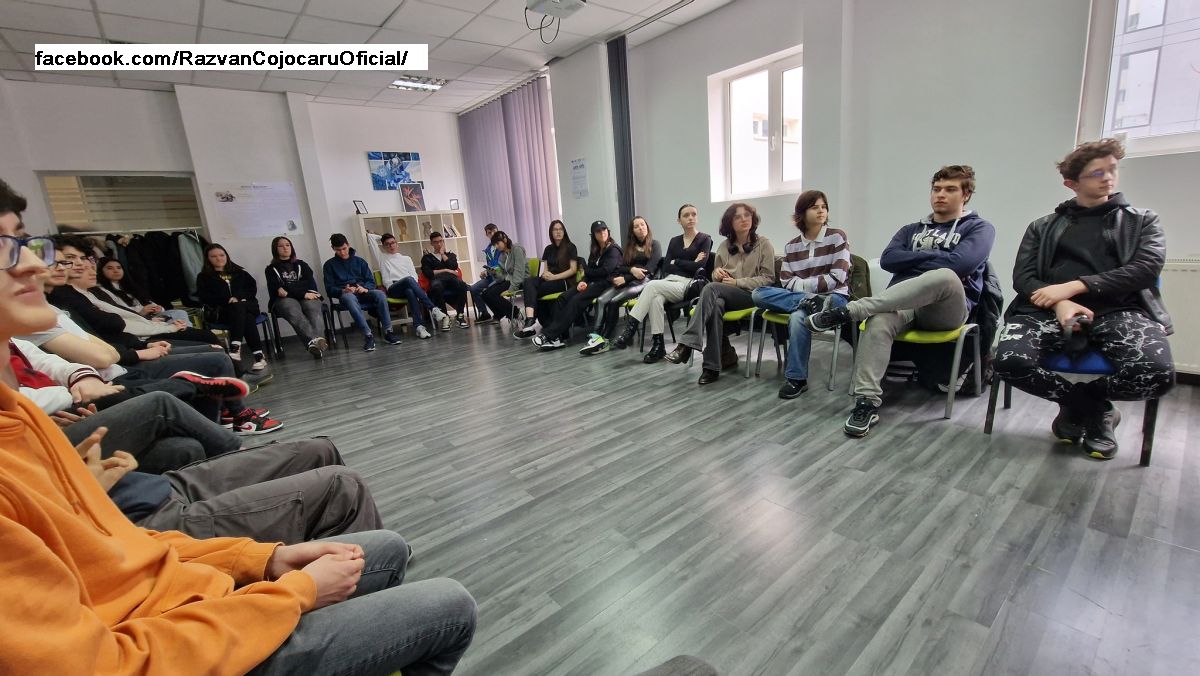The Museum of the Communist Consumer
The motto ‘Dear comrades, visit your past! is an open invitation for anyone who might want to go back to the Communist Golden Age, by visiting the Museum of the Communist Consumer in Timisoara, western Romania

Ana-Maria Cononovici, 20.11.2018, 13:21
It is an interactive museum where visitors can see, hear and touch wardrobes, shelves and drawers from a typically communist house. Young people and foreigners who have not experienced the communist times and also those over 30 who might want to remember those times could find the museum experience exciting.
The museum was set up in 2015 and ever since it has attracted many people from Timisoara as well as tourists. Even if the entry is free, donations in money or objects are accepted.
Ovidiu Mihaita, one of the museum founders, will tell us how the idea emerged: “I and several friends felt the need to preserve objects typical of a world that was slightly disappearing. As a child, I used to collect stuff, I was a fan of flee markets, I would rummage through the attics and basements of my relatives’ and acquaintances’ houses, as I realized that a whole world was disappearing. You know, people throw away the relics of the past, so it became very clear to me that I had to do something to save them. I decided together with my friends to do that. We simply opened the door to our apartment. We moved away and turned the apartment in what is known today as the Museum of the Communist Consumer.”
After 5 years of organized collecting, the apartment became crammed with objects. Ovidiu Mihaita: “The apartment is located in the basement of an old German house from the 1930s which also hosts the shows of the theater troupe ‘Aoleu’ as well as the establishment ‘Scârţ-loc lejer’. The place is a hot spot with tourists, it can be easily found, as it is located downtown. The apartment is a typically Romanian apartment from the communist regime, with the children’s room, a dining room, a kitchen and hallways. Each room displays specific objects. In the children’s room visitors can see game cases, toys, copybooks, books, school supplies, satchels, a desk and dolls. The number of exhibits is larger than what Romanians did have in their homes at that time. We’ve been collecting staff for 5 years and we also receive objects from visitors or donations by post. People come over with wardrobes, TV and radio sets and leave them in the courtyard, things are crammed everywhere, but I like that. It’s not a regular museum where you have a white wall and objects on display with a tag on them. We have no captions or tags explaining what the objects represent. People are allowed to touch the exhibits, to rummage through the drawers, shelves and wardrobes, and they do like it.”
It is an interactive museum, so to say, and visitors have a wide range of reactions. “Young people don’t really know what this museum represents, they are used to living in houses with colored walls, with double-glazed windows and plasma-display TV sets. Many visitors don’t know that there existed rotary dial telephones, which for us is something banal. Those who had the experience of Communism immediately identify the objects. People have different reactions, be they Romanians or foreigners. Those who show more empathy are the people from the countries of the former eastern communist bloc, the Czechs, Poles and Russians, and to our surprise, there are many people from China who come to visit, and some of them start crying when visiting the museum. Also, there are French and German tourists who look at the exhibits in an unsympathetic way, as they don’t understand their symbolism. It’s very interesting to see how people relate to history, depending on their life experiences.”
In the Museum of the Communist Consumer Romanians who had the experience of Communism will identify such objects as glass milk bottles, glass fish ornaments that used to be placed on the black and white TV telly, books, china figurines, school supplies, toys and furniture typical of that epoch, polyvinyl pencil cases, Chinese fountain pens, herbariums, fairytale books, tin piggy banks with key, chimney sweeper and doctor dolls, ‘Don’t fuss brother’ cardboard games, Aradeanca dolls, Pegas bicycles as well as wall carpets with an ‘Abduction from the Seraglio’ design.
Online statistics show that the Museum of the Communist Consumer is the most visited museum in Timisoara, although it is quite small.
Ovidiu Mihaita with more: “Many people come to visit, some stay in the museum for 8 hours, others for just 5 minutes. Some listen to music, read, browse through catalogues or play with the toys. Others simply scan the exhibits and leave.”
The Museum of the Communist Consumer in Timisoara invites you to get an insight into another time and reality.






























